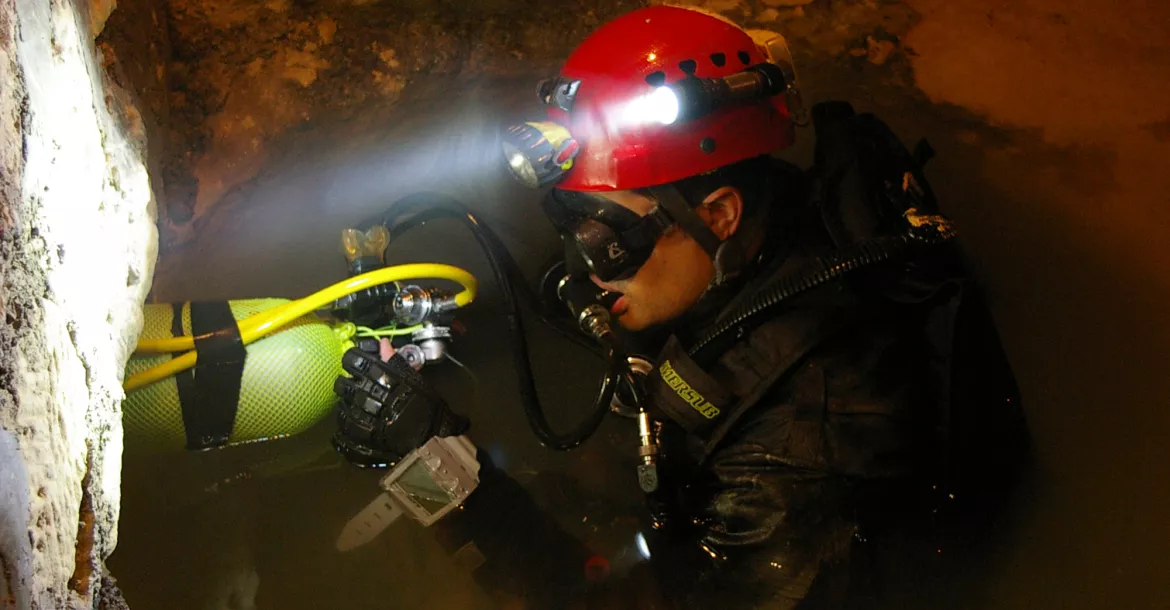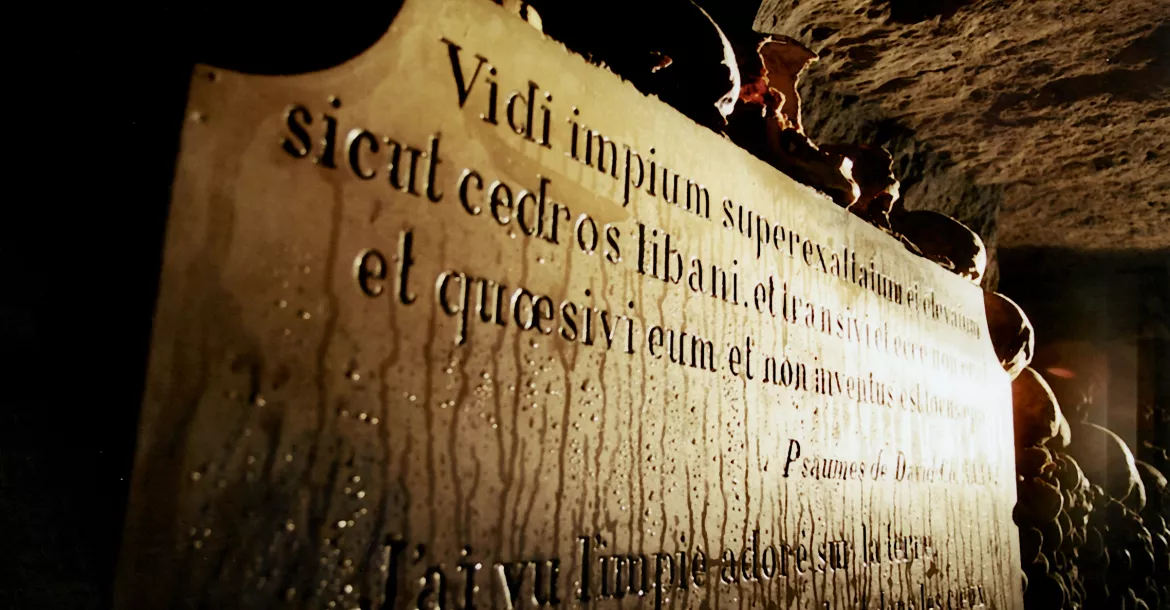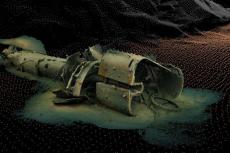Paris. City of lights, but of shadows, too. The capital has become a sought-out place for urban exploration. With walks across roofs, through the subways and the sewers and the ancient quarries known as the “Catacombs”. Diving in this underground network allows access to hidden rooms and galleries. The most ancient ones were built during the 17th century. In these virgin places, we can now discover ancient work and drawings made with charcoal by the quarrymen. It is a dive into the capital’s history.
Contributed by
From Roman times to the Middle Ages, open quarries provided the necessary building materials for the construction of the city. During the 12th and 13th centuries, Philippe Auguste (1180-1223) expanded the capital considerably. The Notre Dame Cathedral was built in 1163, the rampart and castle of the Louvers in 1180. This boom in construction created a surge in demand for building materials and the quarrying intensified. Paris kept on growing, becoming bigger and bigger as the centuries passed.
The ancient quarry, which was not being exploited anymore—located in the center of Paris as we know it today—was eventually covered by urbanisation. The existence of these quarries went forgotten by everyone until the 18th century when several collapses in Paris made it painfully clear to body how dangerous these ancient excavations were in regards to the stability of the ground.
Thus, in 1777, the “IGC” (General Inspection of Quarry) was created. Its task was to map and catalogue, to investigate by drilling and to consolidate the voids left by the quarries. This network of galleries runs about over 300 km. These galleries aren’t officially open for the general public. The official ossuary is the only one accessible to the public, but it only represents an infinitesimal part (1.7km) of the whole network. However, there still remain several other entries, known only by a few, which allow access to the entire network. However, in our time, this large network is likely to be reduced due to the consolidation of the undergrounds.
The creation of the Catacombs is linked to increasing public health risks of Paris’ unsavoury graveyards in past times. Eventually, in the 18th century, the authorities were left with no other option than to reform the funeral practices of the times. The graveyards of the “Saints Innocents”, located in the heart of Paris, include burials from more than 22 churches. Funerals had been taking place here for more than ten centuries. In addition, those who died at the Hotel-Dieu (Paris’s hospital) and at the mortuary were sent here. There were so many dead that needed to be buried at that graveyard that it had to be given an additional layer of soil elevating it a further to 2.5m compared to the level of the street.
Health risk
In 1554, the doctors of the faculty of Paris staged a protest about the place and against the growing risks of epidemics threatening the population of Paris. In 1737, the Royal Academy of sciences confirmed the fears voiced 200 years earlier. The laments of the riverside residents were added to the others. The graveyard has received so many bodies that graves were layered with ground burials and ossuaries and the constant digging kept hollowing out the ground. In 1780, the wall of a cave put side by side with the graveyard collapsed under the pressure from a new grave quickly put in.
This incident was the last straw. The decision was made to close Paris’ graveyards, and the authorities decided to move the bones into Paris’ ancient quarry. The spacious quarry was even named after the catacombs of Rome. The place had never been used as a shelter or as a burial place before. The transfer of the corpses were carried out with full religious pomp and honour.
At nightfall, a procession with many funeral chariots covered with black drapes, accompanied by people carrying torches and priests conducting a death mass, went to a well connected to the quarry where the bones were put to rest. When it was completed over six million corpses had been cremated and transferred to the quarry. The remains of unknown people were placed together with those of famous people: Racin, the man with the mask of steel, Blaise Pascal, Marat, Danton, etc.
Entering the ancient quarries of Paris has been strictly forbidden by the law since 1955. But these quarries have always been explored by clandestine visitors. From the Middle ages to the 19th century, they were used to secretly stash foods and weapons in Paris. During the German occupation in World War II, the resistance fighters of Paris, had their headquarters in these quarries.
The Germans also built a bunker in these Catacombs, but it is not known whether there was ever a battle down there. At the beginning of the 20th century, some conmen made the middle-class people believe that apparitions of the Devil took place here. Since the ‘80s, the galleries have been explored by many adventure-seeking young people. Unfortunately, they have also left part of the network polluted by graffiti and trash.
In order to discover virgin places, you have to dive in these wells. The wells give access to second levels drowned by water, after which you can go up again in unfrequented networks. Diving isn’t easy or for the faint of heart, it requires cave diving equipment. Furthermore, going through these narrow sumps takes place with no visibility, because of the rock dust that has accumulated in the water during all these years.
The water is cold, too, (8-10°C). Moreover, transport of the tanks requires bringing helpers with you. There is not very much depth, between three and six meters, and the distances are typically between 200 and 400 meters. At the end of the sump, we can discover galleries of the 18th century, with gothic vaults, wooden support structures, in which we can find drawings made by quarryman, ancient street name plaques for streets, which do not exist anymore. As well as ruins from times long gone, a mineralogical display and stones, which were supposed to be sold.
It’s with the aim of historical research and archaeological exploration that a few passionate divers don their gear in order to make the people of Paris discover the history of their city. New construction takes place constantly in Paris, such as underground car parks, and these works are seriously threatening these locations, which lie hidden out of view. Photo expositions and conferences are staged to create public awareness of these historical locations but they remain at high risk of disappearing, taking with them an important part of the history of Paris. ■






















































